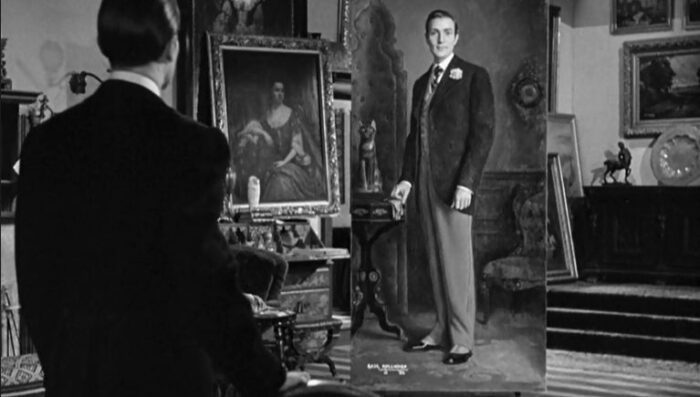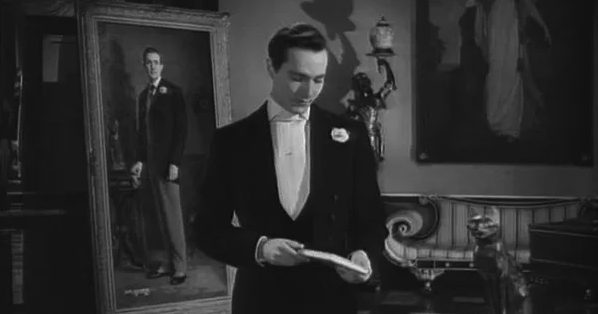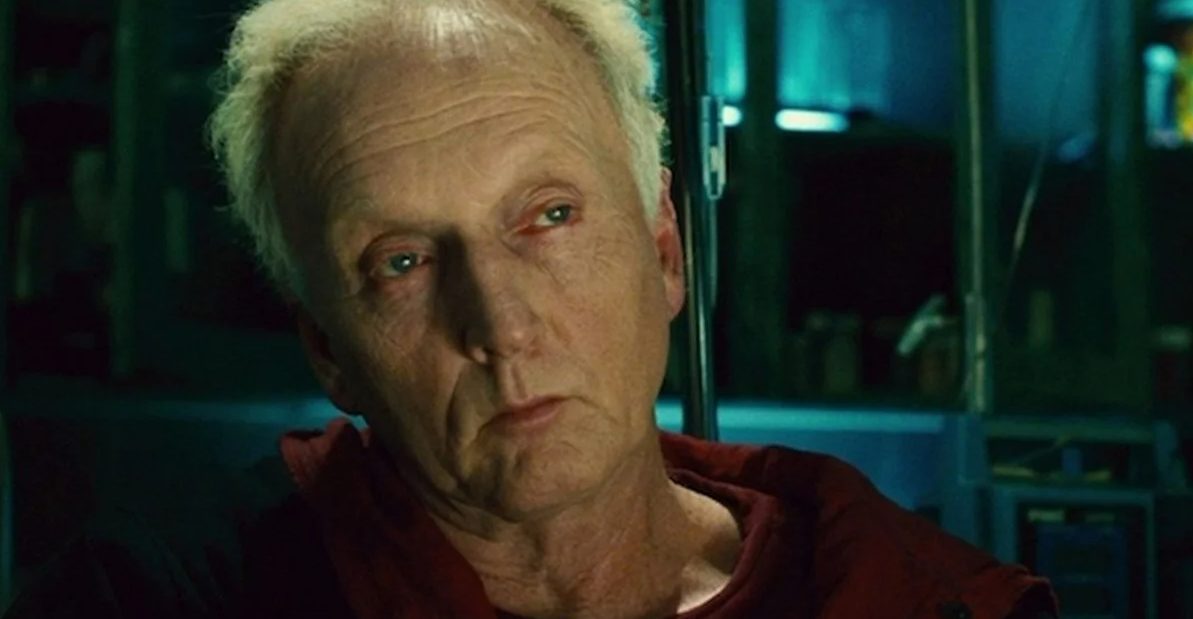Forever young, I want to be forever young
Do you really want to live forever?
Forever, and ever
So goes the lyrics for the popular ’80s balled “Forever Young” by the band Alphaville. It sums up the idea of many who wish they could remain youthful forever; to experience the world and all it has to offer.
This idea is not a new one though. Author Oscar Wilde explored this idea in his best-selling novel The Picture of Dorian Gray, published in 1891. The novel was instantly popular, and extremely controversial, with its references to sexuality, violence, and drug addiction.
In 1945 the novel was adapted into a major motion picture that was directed by Albert Lewin and starred Hurd Hatfield, George Sanders, Donna Reed, and a young Angela Lansbury. Produced during the Hays Code era, one could hardly be blamed for thinking the novel was unadaptable. Due to its content, as we will discuss later, Albert Lewin managed to do it well by focusing less on the hedonism and more on the condition of the soul.

The Picture of Dorian Grey is very much a horror film, but one that focuses less on jump scares, and monsters and more on atmospheric and philosophical horror. The story follows Dorian Gray (Hurd Hatfield) a young man who, at the start of the film, is very innocent and kind. Dorian meets a man named Lord Henry Wotton (George Sanders) who is a hedonist and says that he lives only for pleasure and new experiences. During a conversation when Dorian is posing for a portrait of himself, he is told about a statue on display of an Egyptian god, that is said to grant wishes. Gray wishes that he could always be young and youthful and that his painting could age and he would not.
Gray’s wish is granted, but seemingly nothing happens. He then, at the suggestion of Lord Wotton, breaks a woman’s heart after he manipulates her into disregarding her moral code. It’s after this that he notices a slight aging and change to the painting. This is when he becomes obsessed with hiding the picture from anyone who may see it. Dorian Gray goes down a path of ever-increasing depravity, addiction, and evil, his countenance never changing yet his portrait being more and more nightmarish. With the transformation played to perfection by Hurd Hatfield.

It’s in the second half of the film that its story becomes incredibly interesting, as it begins to delve into the sickness of Dorian’s soul. There is an interaction that comes between the artist Basil and Dorian that goes as follows
Basil: What is it we were taught to say in our boyhood? Lead us not into temptation, forgive us our sins, wash away our iniquities, let us say them together.
Dorian: It’s too late,
Basil: The prayer of your pride was answered, the prayer of your repentance may be answered also
Dorian: You think I haven’t tried? I tell you its no use
Basil: Isn’t there a verse somewhere, though your sins be as scarlet, yet I will make them white as snow
The first interesting aspect is how this film delves into the idea of spiritual redemption more so than the novel does. However, the most fascinating part of this conversation is that Dorian claims that he has sought forgiveness and repentance yet it has not worked; the painting remains the same. This feeds into the film’s use of existential horror, now compounded by the fact that Dorian is seemingly cursed forever, unable to change the fate that he has placed upon himself. It’s a curse that even the power of God can not undo.
However a funny thing happens, he begins to fall in love with Gladys Hallward (Donna Reed). This love begins to change his heart. In the Judao-Christian tradition, love is the most powerful force in the universe, a force that can even overcome death itself.
Death is chasing Dorian Grey, and his painting continues to age and grows more hideous with each passing day. However, it is love that finally forces him to face who he truly is and attempt to undo the damage that he has done to his soul.

Dorian becomes obsessed with reforming himself. Pondering that since the painting is the image of his soul, which was turned putred by his depravity, perhaps good deeds will turn it young again. Becoming convinced he can see a small change in the face after several good deeds. After deciding to commit himself to good works he stabs the painting to destroy it, but in the effort the destruction of the painting kills him. We hear him cry out “Father forgive me for I have sinned” several times, and the painting then turns young again. When Dorian’s body is found it resembles what the painting used to look like.
This is perhaps the most interesting part of the film, as this time we see that repentance has worked for Dorian when it had not before. It showcases the idea that in the early scenes, Dorian Grey was not seeking repentance for the sake of morality or a sense of casting off the wrongs that he was committing. We see that Grey wanted his picture cleansed because he was obsessed with his image, both in society and himself. The portrait represented his hidden ugliness; his immense vanity could not handle that a part of him was whithered and hideous. So he tried repentance, however it was not granted due to being a plea made out of vanity and selfishness.
Near the end, Grey finally wishes to cleanse his portrait. Not out of selfishness, but out of selflessness, for the love of someone else. In his dying moments, he seeks repentance, for no other reason than because he wishes to be free of the hedonism and hideous acts he had committed. When his portrait turns back to his youth and his body bears the results of the years of his evil acts, we finally see that his final desperate plea to be cleansed has worked, The Picture of Dorian Grey, a snapshot of his soul is now made whole again.
The idea of selfishness vs selflessness that is explored along Dorian Grey’s journey of redemption is a fascinating one, and it shows that redemption is never too far away from someone who truly wants it!
You Might Also Enjoy:
Scavenger’s Reign: The Beauty and Peril of Nature
Punch Proves the Public Domain is Already Fatigued
Night of the Creeps Is Incredibly Flawed and Incredibly Fun




